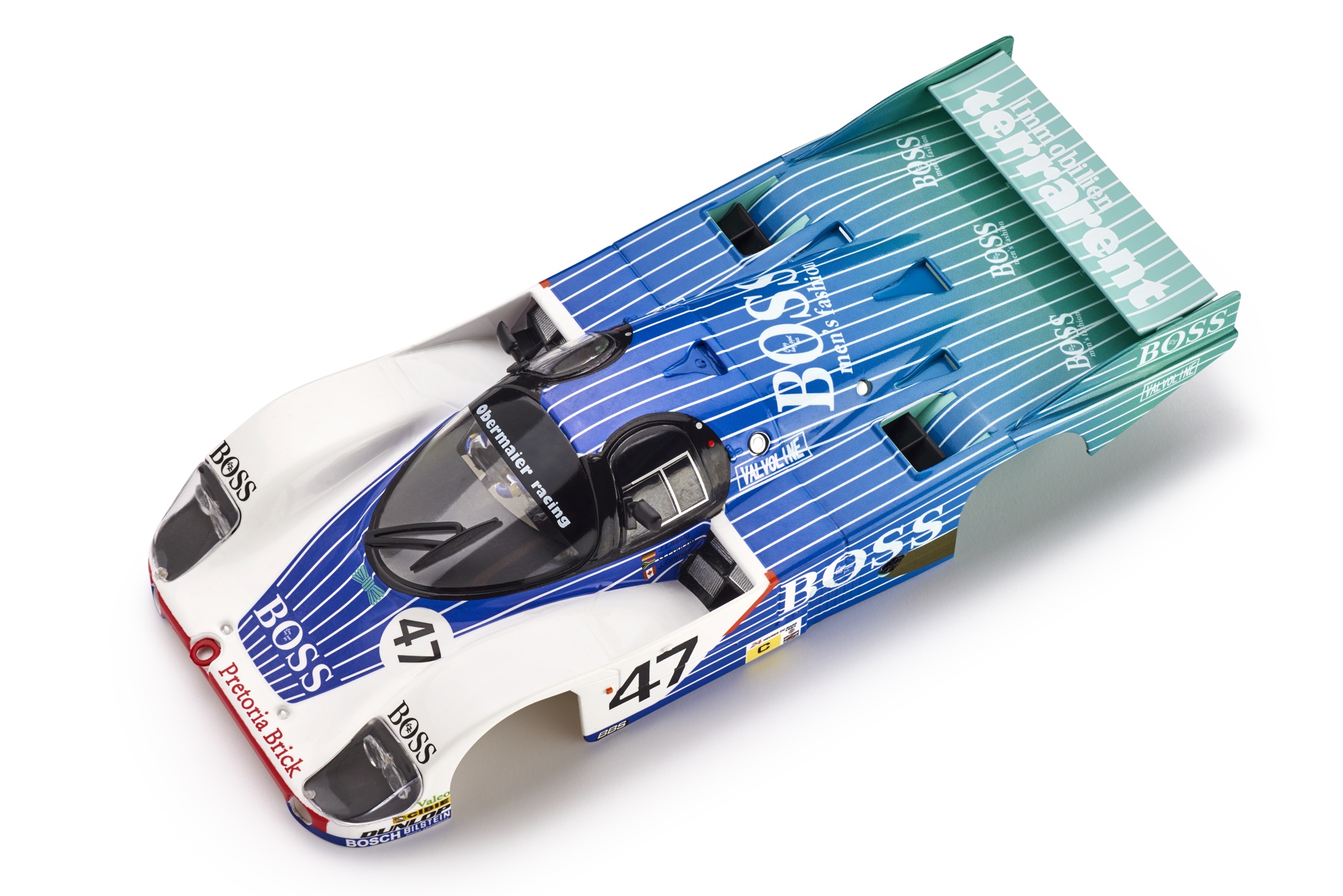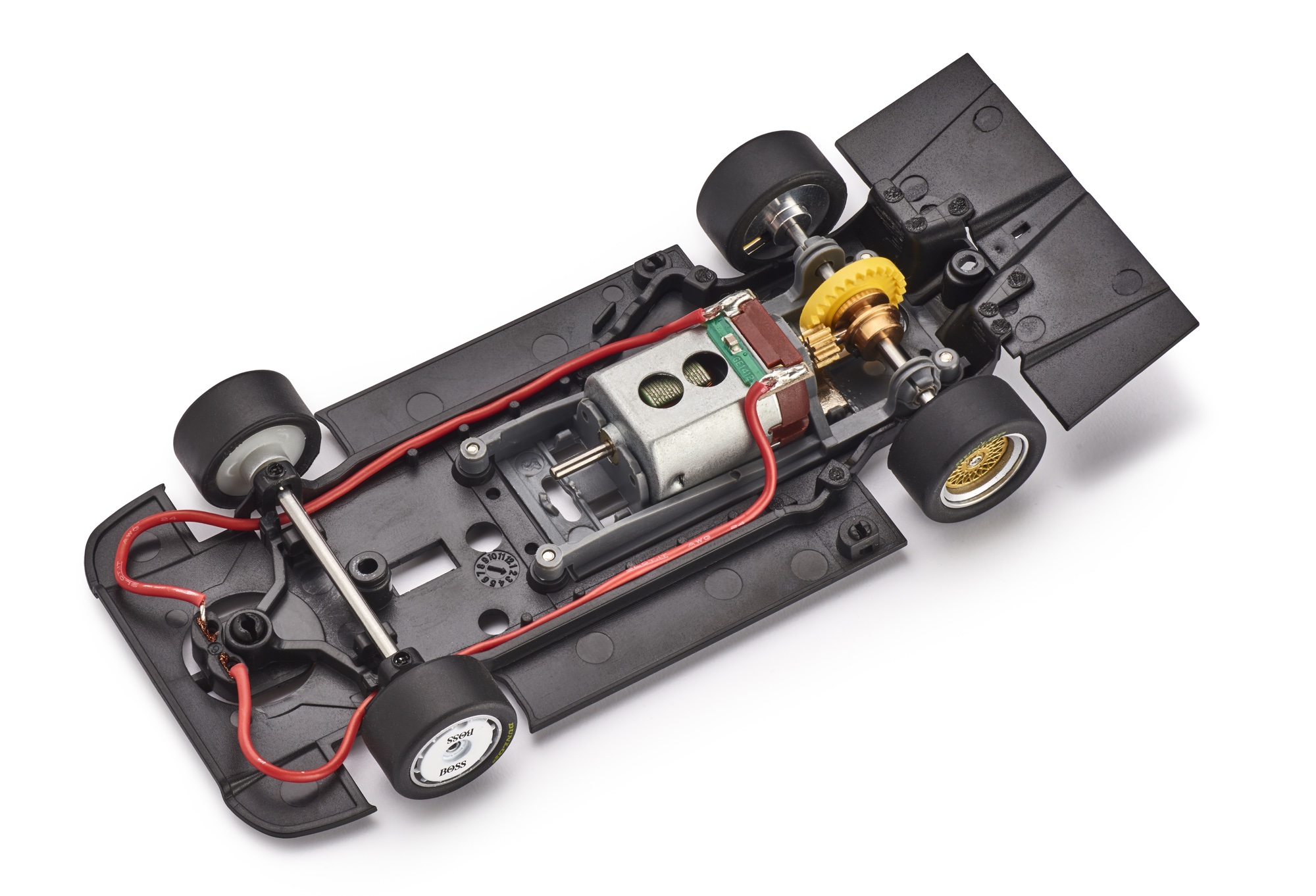PORSCHE 962C 85
1987
PORSCHE 962C 85
1987 - Le Mans / #3 - S. Goodyear, B. Adam, R. Spenard
CA34d
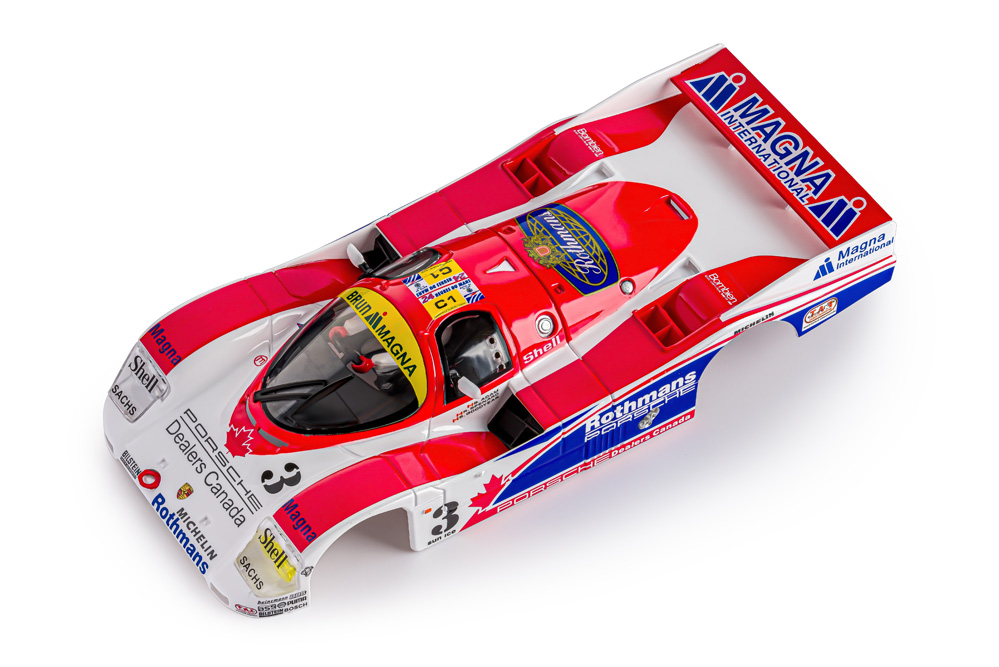
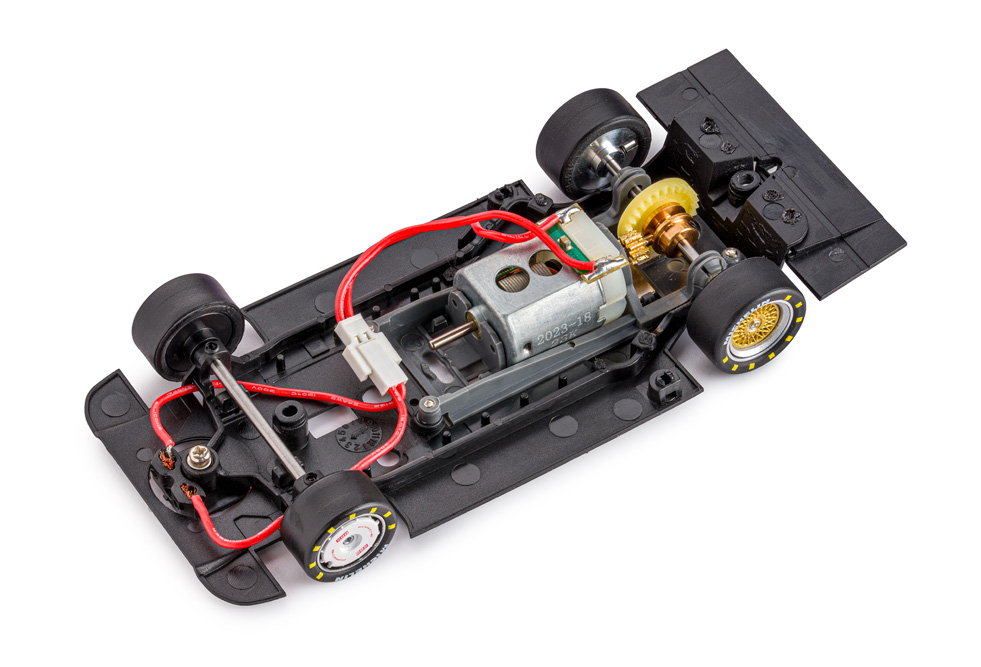




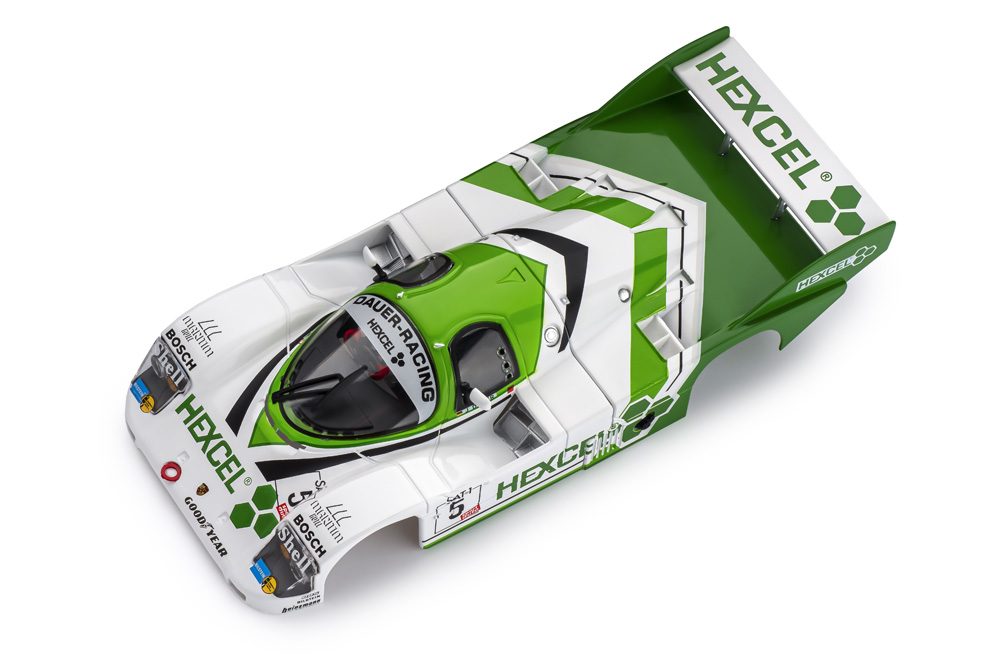
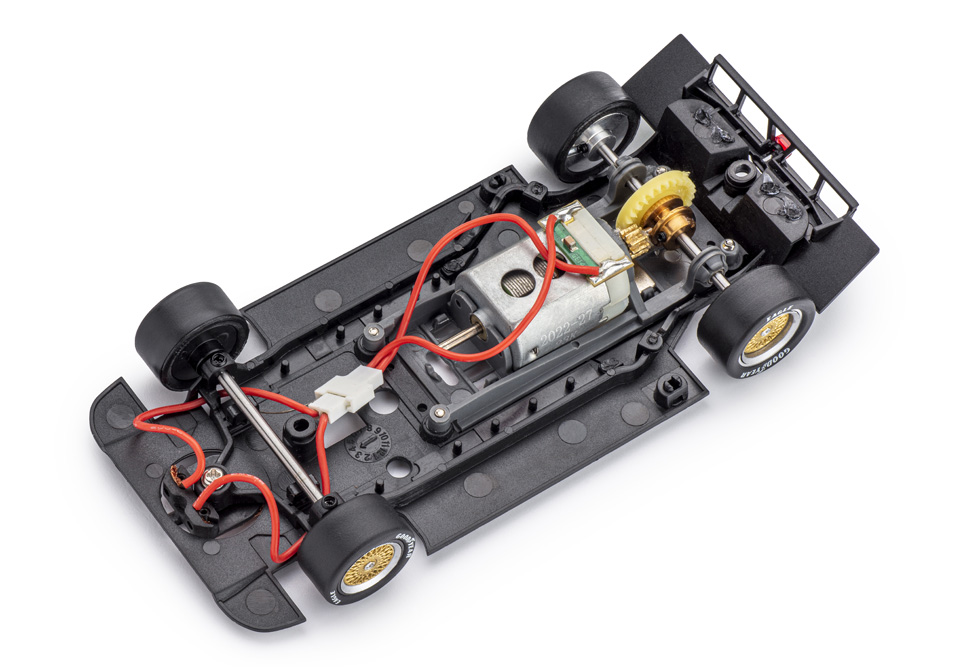
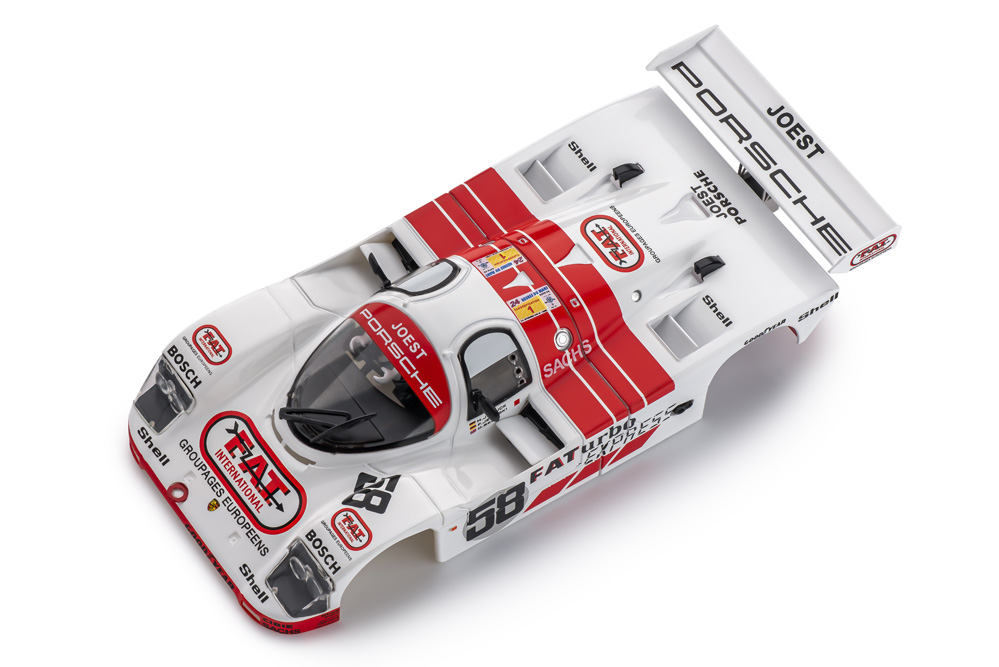
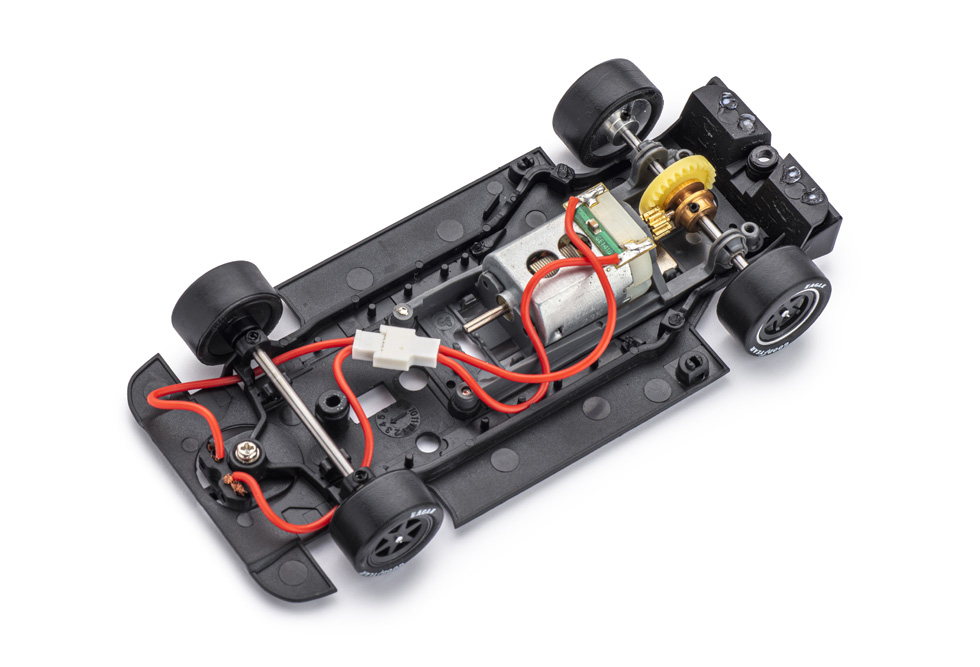
In 1990, the Team’s principal and driver, Walter Lechner, entered the Interserie Coupe Super Sports with a Porsche 962C KH sponsored by Walter Lechner Racing School and Jim Beam. Lechner won the fourth race of the Championship, held on the historic Brands Hatch circuit.
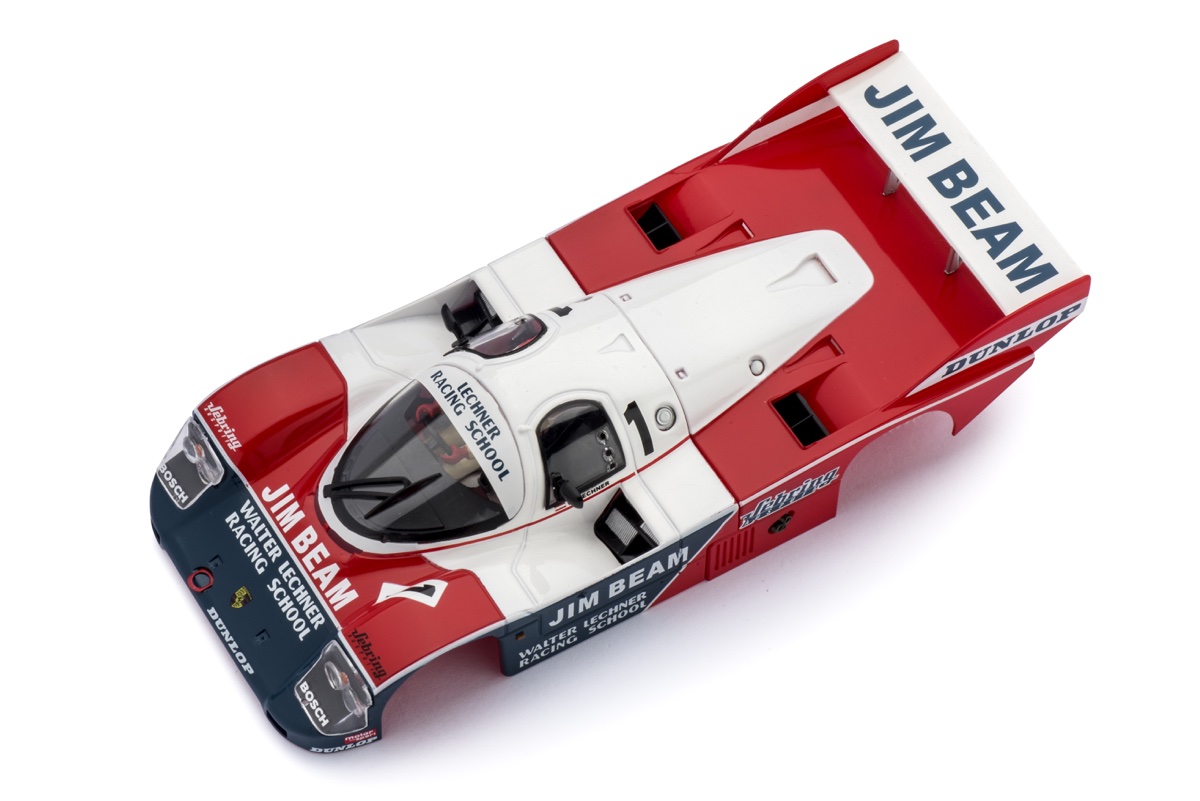
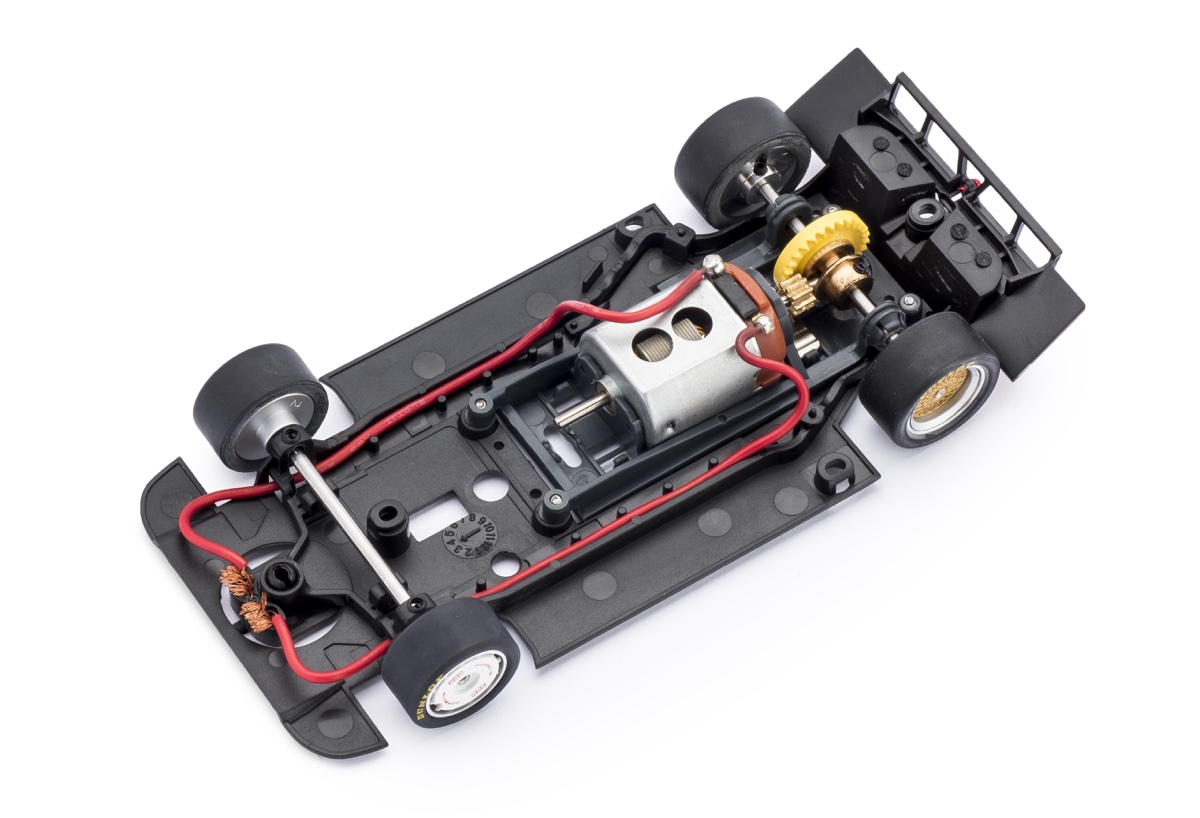
The Porsche 962 is a sport-prototype racing car created to replace the already successful Porsche 956, in order to allow it to race the IMSA and WSC Group C competitions. It was one of the most successful racing cars ever and it won several competitions all over the world:
– World Sport-Prototype Championship in 1985 and 1986
– 24h Le Mans in 1986, 1987 and 1994
– IMSA GTP Championship in 1985, 1986, 1987 and 1988
– 24h Daytona in 1985, 1986, 1987, 1989 and 1991
– 12h Sebring in 1985, 1986, 1987 and 1988
The IMSA ‘GTP’ regulations required some modifications in comparison with Porsches designed for the Group C. Front axle was shifted 12 centimetres ahead, so that driver’s feet could stay behind the hubs of the wheels. The boxer 6 cylinders engine had a displacement of 3.2 litres, was air-cooled, with only one turbo, 2 valves per cylinder and one single overhead camshaft. The 12 Hours of Sebring in 1988, was won by this Porsche driven by A.J.Foyt and H. Haywood.
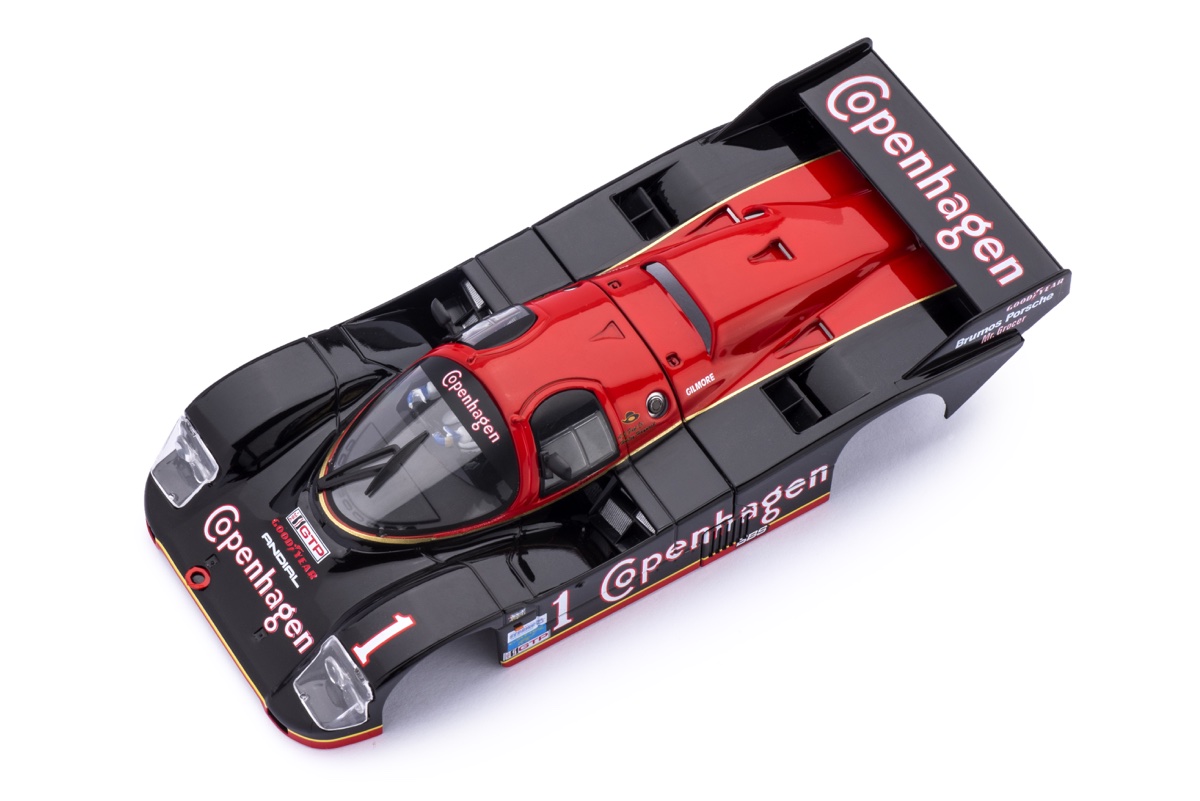
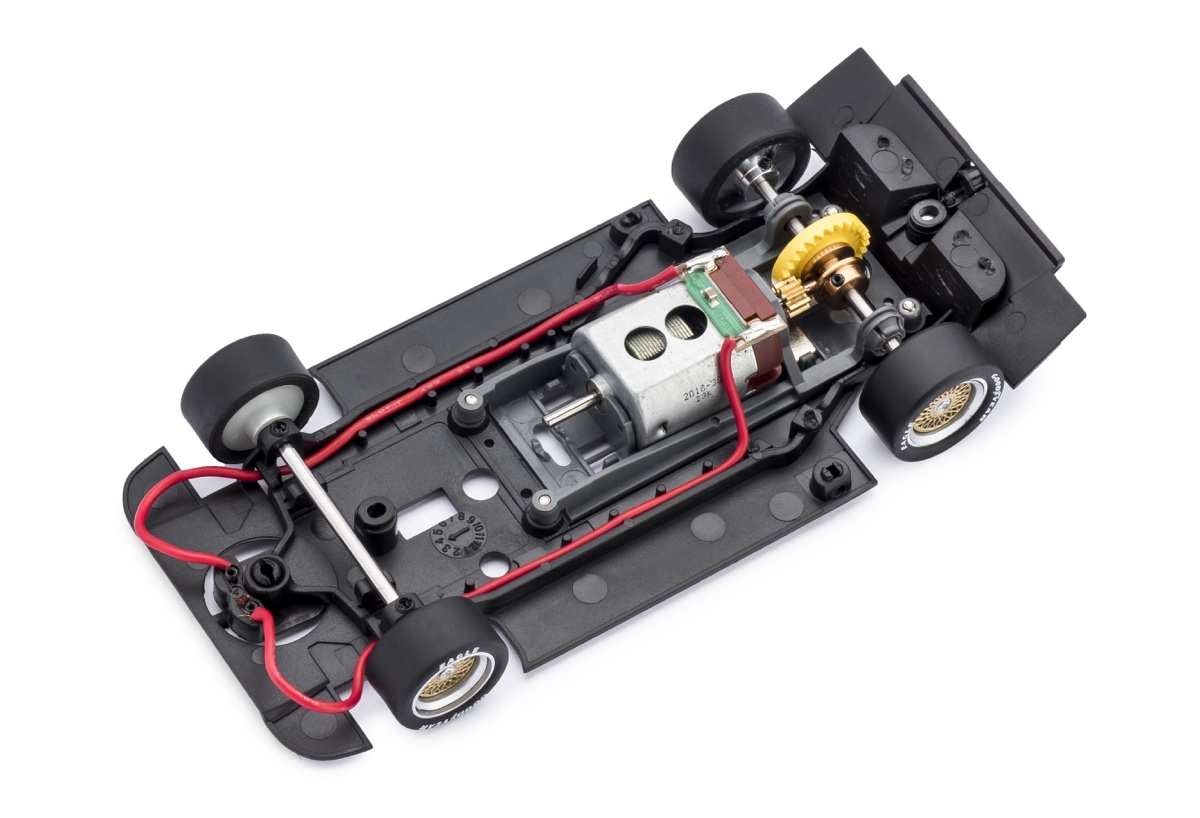
Porsche 962 is a sport-prototype racing car created to replace the already succesfull Porsche 956, in order to allow its presence in the Americans IMSA and WSC Group C competitions. It was one of the most succesful racing cars ever and it won several competitions all over the world:
– World Sport-Prototype Championship in 1985 and 1986
– 24h Le Mans in 1986, 1987 and 1994
– IMSA GTP Championship in 1985, 1986, 1987 and 1988
– 24h Daytona in 1985, 1986, 1987, 1989 and 1991
– 12h Sebring in 1985, 1986, 1987 and 1988
The ‘962C’ appeared for the first time at Le Mans in 1985. The engine was a boxer, 6 cylinders, with two turbos, liquid-cooled, 4 valves per cylinder, double overhead camshaft. On the 3 factory cars engaged in the ’24 Hours’ in 1988, displacement had been increased at 3 liters. Even the tail had been updated. In those years, cars used ‘long’ shaped tails to have the less possible drag on the ‘Les Hunaudières’ straight. During qualifying, the works 962C reached a maximum speed of 391 kph. This car raced at Le Mans in 1988 in the red, white and yellow livery of sponsor Shell. The car was driven by Bob Wollek, Vern Shuppan and Sarel van der Merwe.

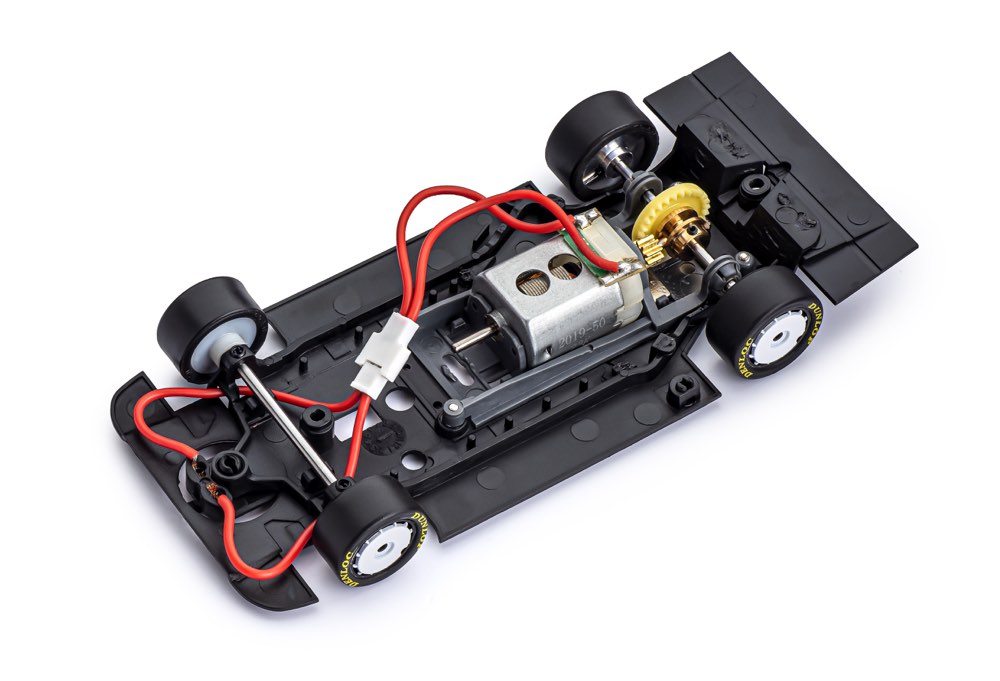
The Porsche 956 and later 962 models could be assembled with two different rear wing configurations: “low downforce”, used mostly in Le Mans where the 6.5 km Hunaudières straight required a very low drag at the expense of downforce, and “high downforce”, for twistier circuits. Regardless of the configuration, Porsche 956 and 962 cars were the cars to beat in any Group C competition in the early 80’s. This car, driven by Gerard Berger and Walter Brun, raced the 1000 km of Hockenheim, which was part of the 1985 FIA World Endurance Championship.
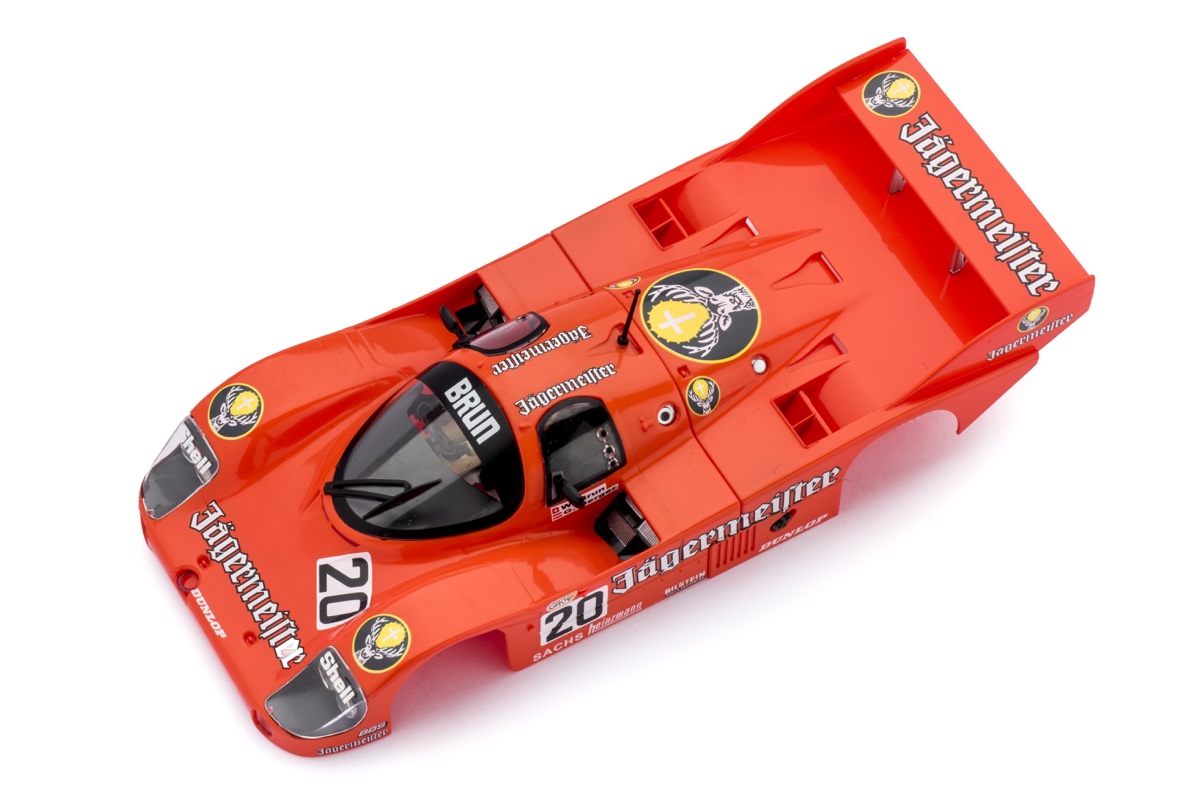
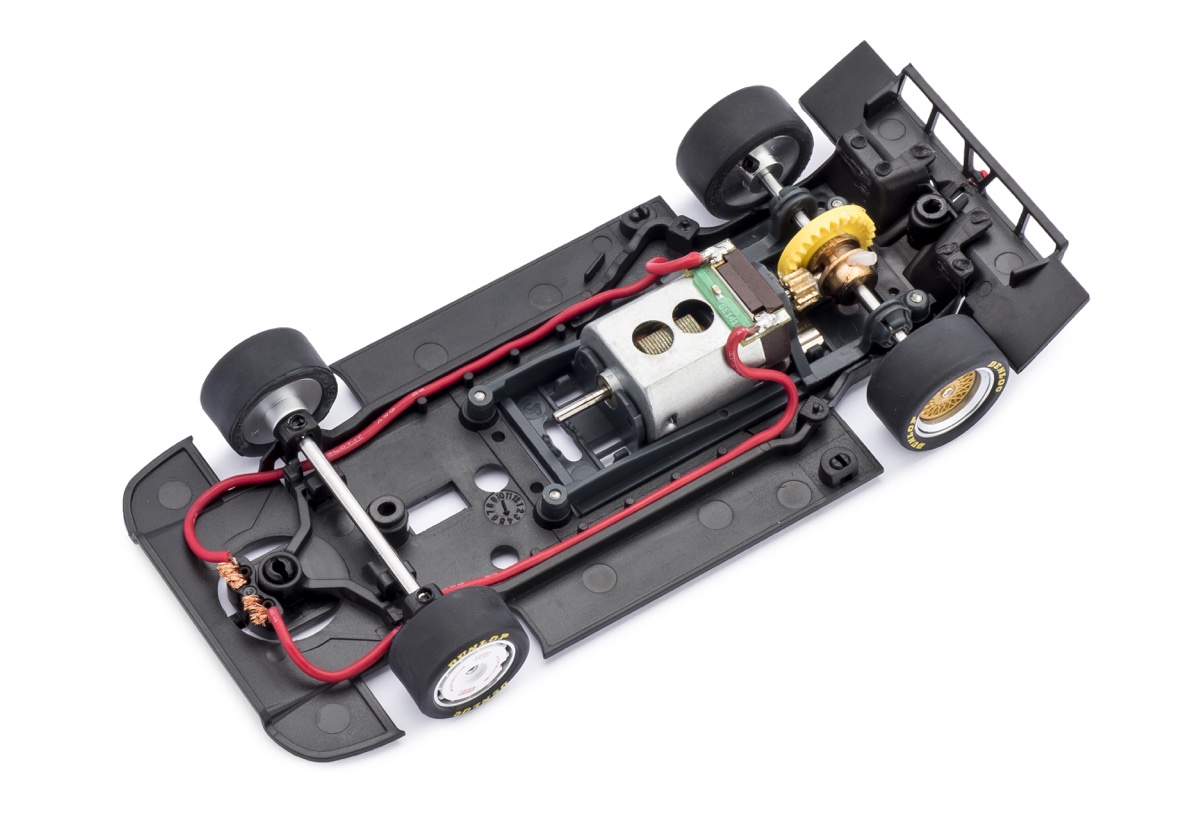
The Porsche 962 is a sport-prototype racing car which was designed to replace the all-conquering Porsche 956, in order to comply with the updated Americans IMSA and WSC Group C rules which mandated a different positioning of the driver’s feet. The Porsche 962’s body and aerodynamics were routinely modified by various private teams during the racing season. For this reason, Porsche 962 came often with modified nose and tail, as well as with custom wheel arches, air intakes and wings. Almost all private Porsche 956 were converted to 962 specification between 1985 and early 1986. The ‘962C’ appeared for the first time at Le Mans in 1985. The engine was a liquid cooled, 6 cylinders boxer unit, with two turbos, 4 valves per cylinder and double overhead camshaft. This car raced for Kremer team at Le Mans in 1987, driven by F. Konrad, G. Fouche and W. Taylor and painted in Leyton House livery.
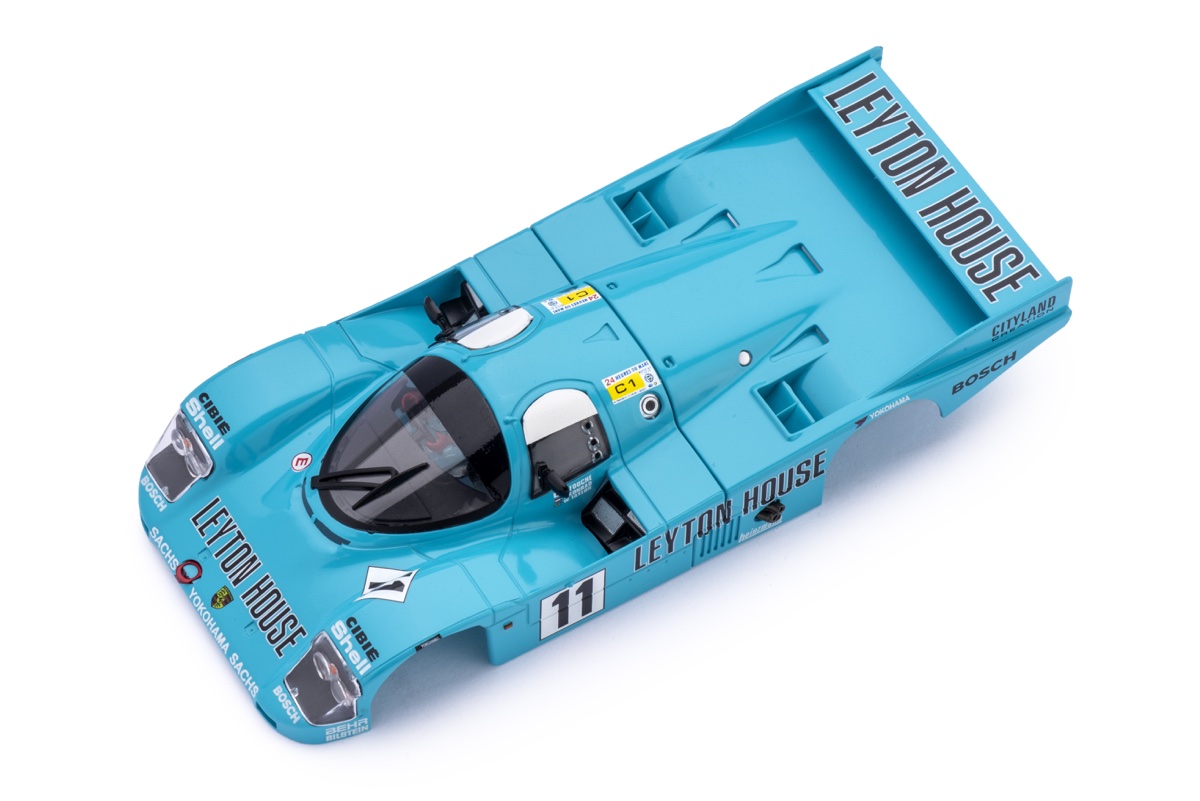
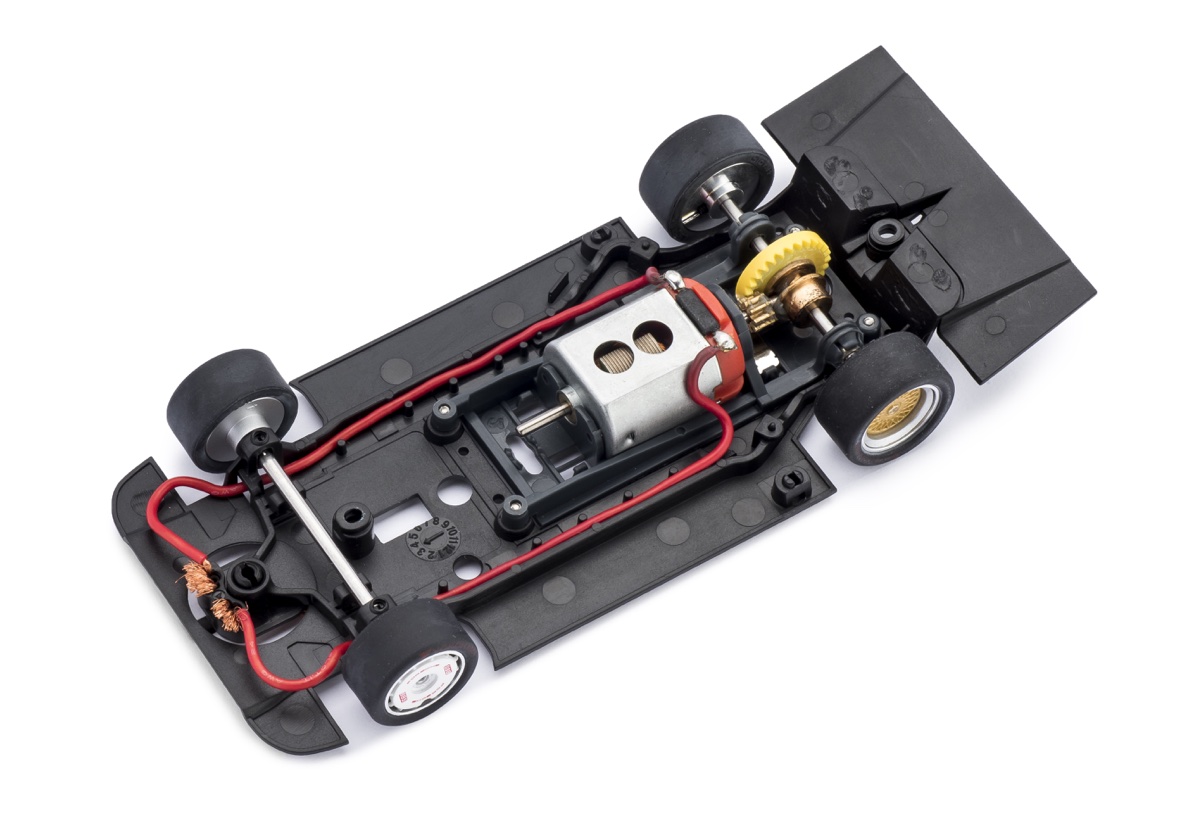
The 956 model was created by Porsche in 1982 to compete in the new Group C category. It was replaced in 1985 by the similar 962 model. It was one of the most successful racing cars ever: it won four 24h Le Mans competitions consecutively, in 1982, 1983, 1984, 1985, and the World Car Manufacturer title three times. The car was powered by a 2.650 cc engine. Its monocoque aluminium chassis was new for Porsche, previously known for their space frame design. Through this change, the regulated minimum weight of 800 Kg was reached. Car n.47 raced the 1984 edition of the 24 Hours of Le Mans driven by George Fouché , Jürgen Lässig and John Graham
